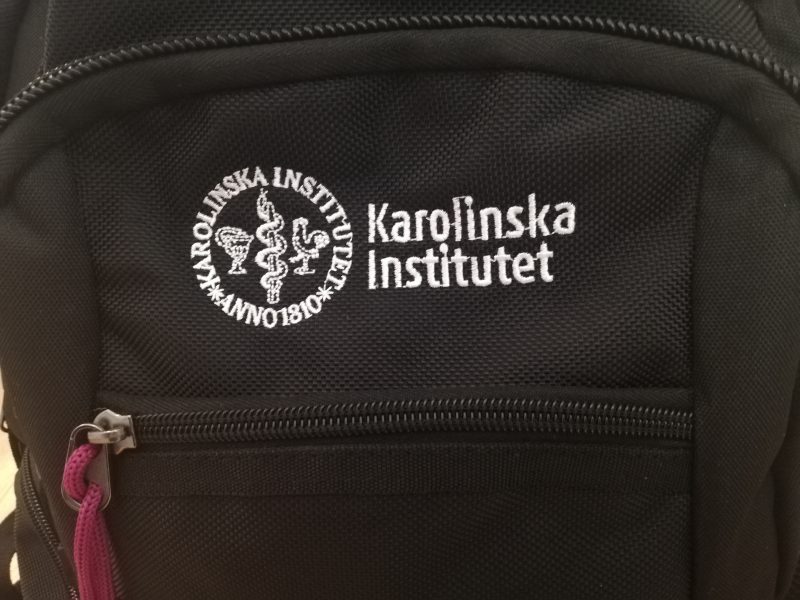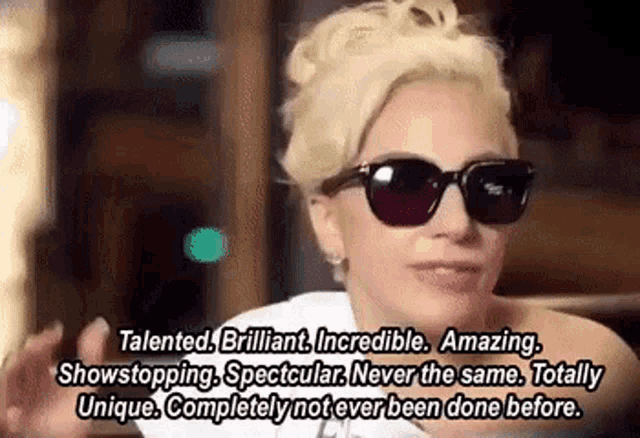
My Global Master’s Application Experience
We are now a month into the Applications period and I thought this would be the perfect time to talk about my personal experience applying to Karolinska Institutet (KI). By now, if KI is on your graduate school radar, then you most likely are reading this to see if the Global Master’s of Molecular Techniques in Life Science (MTLS) would be a good match for you. I’m glad that you have come across my blog because I’m about to persuade you to apply to my program of choice!
First and foremost, I would like to congratulate you on nearing the end of your undergraduate journey, this is perhaps the most uncertain of times to be graduating but I commend you for considering graduate school as your next endeavour. A year ago, when I was in your position, I had no idea of what I wanted to do or where life would take me after graduation (spoiler alert – I magically ended up in Sweden). To be perfectly honest, I waited until early-January to sit down and finally decide on my graduate school options and take these applications seriously. So, if you’re reading this now, you are already one step ahead of my past-self – you should be proud.
The Big WHY
I feel that Applications is perhaps the most crucial phase of the entire graduate school entrance process. For this reason, take your time exploring different programs, digging deep into all the compulsory and recommended requirements to make sure you meet them before you graduate, and most importantly, take the time to really ask yourself why do you want to pursue graduate studies at all? In fact, the main reason I procrastinated last year so much on my applications was exactly because I had yet to find all the right reasons to enroll in a master’s program. But if you take the time to reflect on this central dilemma, I guarantee you will breeze through your motivation letter and everything else will fall into its place soon after!

So WHERE to begin?
As Mark Twain once said, “The secret of getting ahead is getting started.” If you are interested in knowing more about MTLS or life at KI in general, the official pages as well as the student blogs are an excellent place to start. For this program, it gets a bit trickier than most since we are a joint master’s and our applications are actually handled through KTH Royal Institute of Technology. Therefore, KTH’s page for MTLS is the website for all information regarding program details and academics, as well as the application and acceptance process. KI also has a page with a few details on MTLS, but it directs you to KTH for more information. I suggest you bookmark KTH’s page since you will probably be checking it a million times before you apply.
Once you read through the program description, as well as look at the detailed course breakdown, you should get a good sense of what this program is about. For me, I was most attracted to the intersection of wet lab and dry lab techniques, especially because I was coming from a bioinformatics background and was hoping to develop my skills further in real-world scenarios. A lot of the program also deals with translational medicine, the crossover between basic and clinical research, which ensures that students like me get a well-rounded education and training throughout the Master’s. Regardless, whatever appeals to you about MTLS, I’m confident you will find it in abundance once you are here, as this has been my experience thus far.
Do I have what it takes?
With respect to the requirements for the application process, I suggest you write down a list of credits you already have that match the pre-requisites. If you are missing credits in a specific study area (say, mathematics), you can always speak to your guidance counsellor or academic advisor at your current university and see if you can change your final year schedule in order to include that class. Also, if you are having issues converting credits from your system to the European system (ECTS), I also recommend speaking with your advisor. That’s how I discovered that 1 credit at my previous Canadian university accounted for 2 ECTS credits here in Sweden. Look for help with these bureaucratic things and they won’t feel as overwhelming as they seem.
For more details on the requirements for entrance to the program, please check out this link.
Additionally, you will need to revise your Curriculum Vitae (CV) and select your top/most-relevant experiences to be included. As an example, my CV was a mere 2-pager but the size constraint helped me be more aware of what was important to bring to the spotlight and what was otherwise fluff. My suggestion for how to decide what to choose to include in your CV is to write down a list of everything you have ever done that pertains to your academics, extracurriculars, and career-related endeavours, and then rank them by most relevant to least relevant to who you are and where you have been. I tried this method and ended up with a good reflection of the kind of character I wanted to be represented in my application.

The next step would be to start thinking about your motivational text. Beware that there is no “right” formula to writing a charismatic letter of interest. My advice is to just be yourself (this cliché is a cliché for a reason), be genuine and stick to referencing experiences from your CV that you are actually passionate about and that relate to why you are applying to KI and to this program specifically. Don’t sweat the small stuff on the rest of the application but do focus on this text because it’s the only window into your soul that the application evaluators will get. The motivational text is your opportunity to shine and stand out from the crowd, so do not waste it! For more details on what your motivational text should include, please check out this link.
Most urgently, you should start compiling evidence for all of the activities, events, and roles you are claiming to have taken a part in on your CV and motivational letter. This type of supporting documentation is described in more detail here.
Moreover, if you are coming from a non-English speaking university/ country, it is likely that you will have to provide proof of English proficiency. For more information on this, please follow this link. From speaking to my current classmates and friends from the program who aren’t English native speakers, the period of adjustment to full-time English-taught courses can take anywhere from 1 to 3 months, depending on your level of comfort with the language. Hence, I recommend you brush up on your English and to take this into consideration when thinking of applying to any Global Master’s program at KI.
Finally, don’t forget to submit your application documents before January 15th on universityadmissions.se (MTLS). Good luck with your applications! Remember that the key to getting ahead is getting started! Ready, set, go!
P.S.- If my blog didn’t quite fill up your knowledge cup in regards to Applications, please refer to the links I’ve provided throughout the text or email admissions@ki.se for more information.
Francisca Leonardo - Molecular Techniques and Life Sciences
Hej! My name is Francisca. I come from the faraway land of the supreme maple syrup, aka Canada. I’m the blogger for the Master’s Programme in Molecular Techniques in Life Science at Karolinska Institutet. I love to write about my experience as a student in my programme, a newcomer to Stockholm, and a rookie at life in general. In my free time, I enjoy playing tennis, making music, sketching the city’s landscapes, and reading about anything and everything that interests me.

0 comments